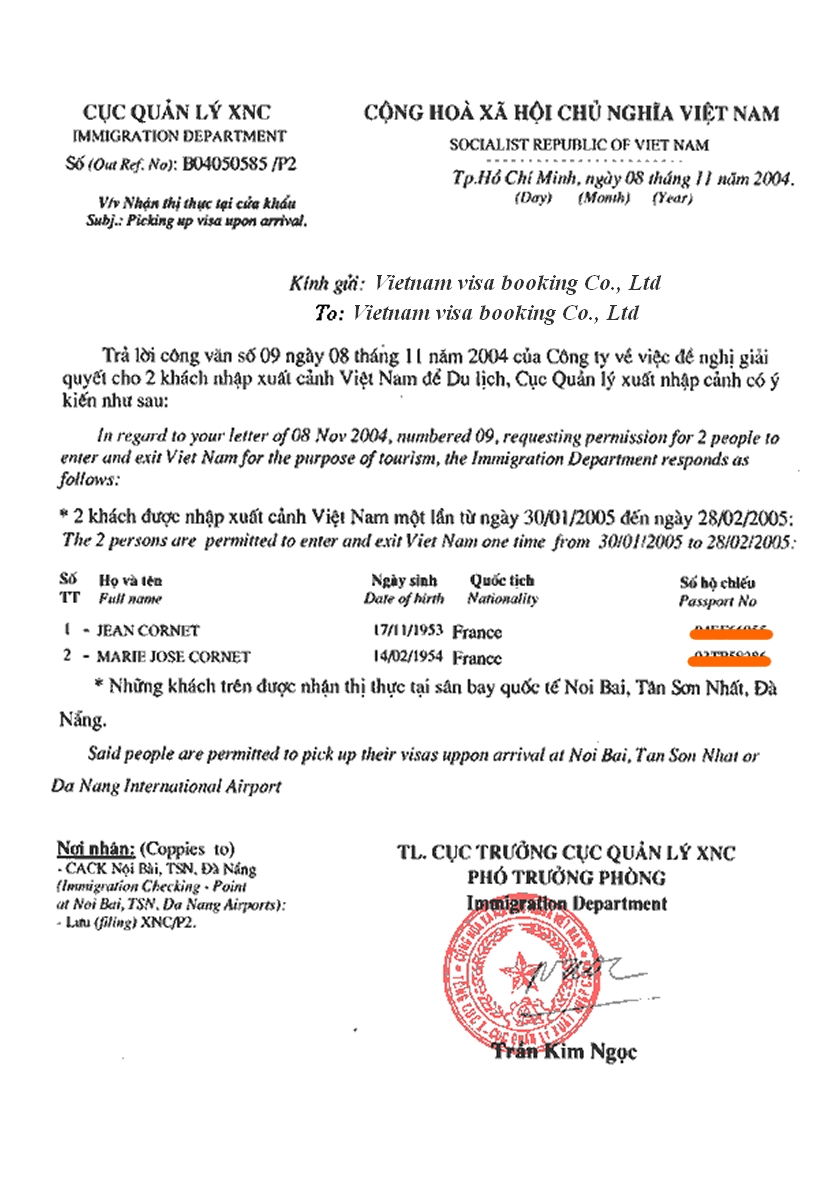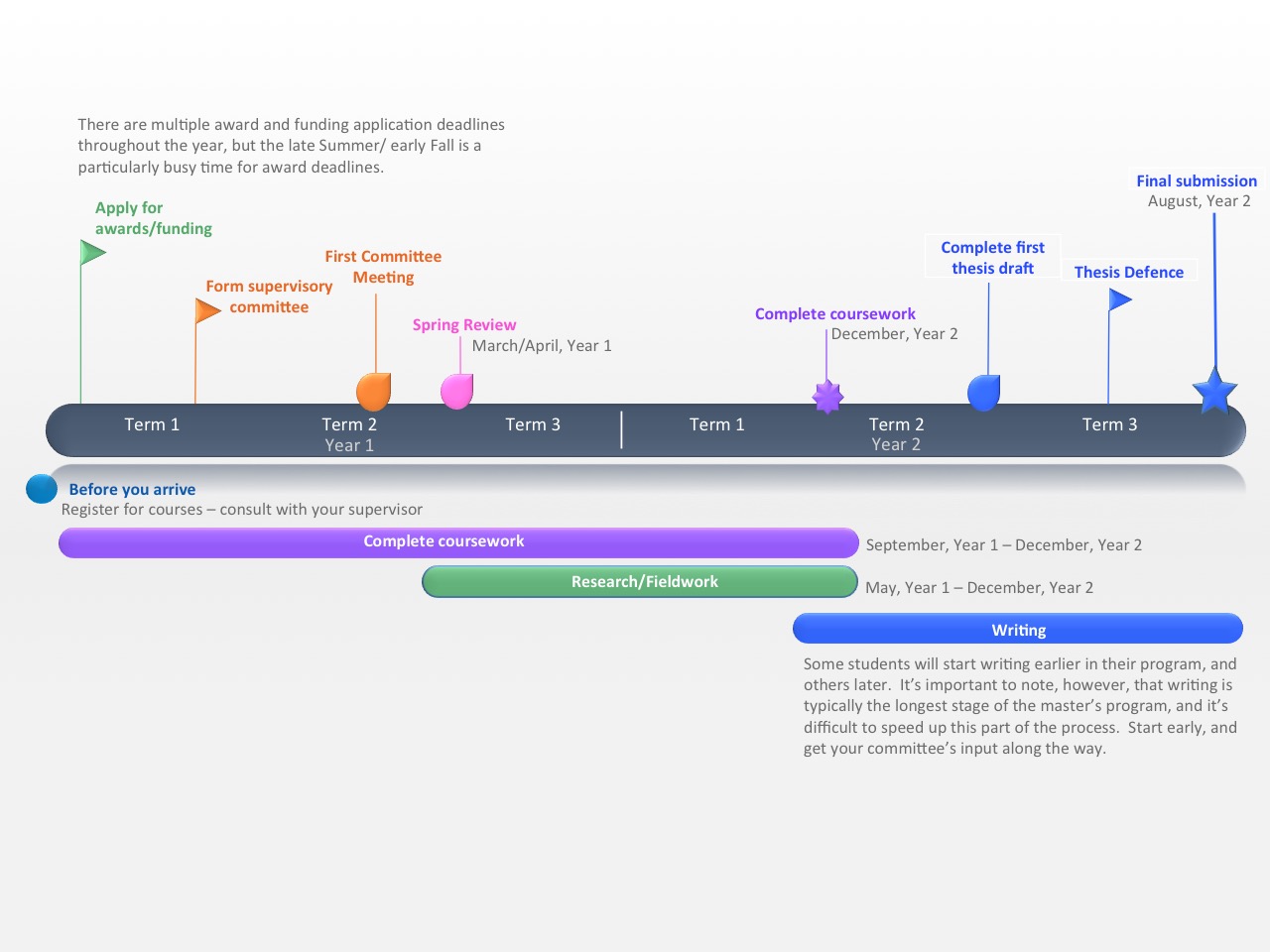Help With Loop in Case Statement script - The UNIX and.
The case statement is good alternative to multilevel if-then-else-fi statement. It enable you to match several values against one variable. It is easier to read and write. The syntax is as follows: The case statement allows you to easily check pattern (conditions) and then process a command-line if that condition evaluates to true.
The whole case statement is ended with esac (case backwards!) then we end the while loop with a done. That's about as complicated as case conditions get, but they can be a very useful and powerful tool. They are often used to parse the parameters passed to a shell script, amongst other uses.

Hi, I'm trying to write a shell script that has a menu and then dependant on the selection, will automate some samba file transfer. The problem is when I run the code without the case statement it runs fine. but when I put the case statement in the only way I can get the code to run is to. (6 Replies).

Im new to unix and shell scripting. I am required to write a program and im in the process of creating a menu system. I have my main menu but i want to be able to select an option that takes me onto another menu. I have tried doing this with the case statement with no luck so far. Wondering if it. (3 Replies).

It could be that this particular if statement should be outside of your case. I notice that they're all the same. No need to duplicate code in that case, just put your I notice that they're all the same.

Using the case statement to simplify conditional processing within bash. Bash case statement examples and how to guide. Use translate command to convert uppercase to lowercase to simplify pattern matching within case statements. Bash scripting case statements examples.

My logic is to check a variable contains Floating point or an Integer and then post that if the variable if floating then have to round the number to the nearest higher number and if it is integer.

Unix Conditional Statements The if-elif-fi. Unix provides a number of relational operators in addition to the logical operators mentioned earlier. These can be used to compare numeric values. -le less than or equal to. -gt greater than. -ge greater than or equal to. -ne not equal to. Unix provides a number of ways for conditionally executing.

This code is just a series of if statements, where each if is part of the else clause of the previous statement. Here statement(s) are executed based on the true condition, if none of the condition is true then else block is executed.

This SQL Server tutorial explains how to use the SQL Server (Transact-SQL) CASE statement with syntax and examples. In SQL Server (Transact-SQL), the CASE statement has the functionality of an IF-THEN-ELSE statement. You can use the CASE statement within a SQL statement.

Many more examples using case statements can be found in your system's init script directory. The startup scripts use start and stop cases to run or stop system processes. A theoretical example can be found in the next section.

Shell case statement is similar to those in Pascal and switch statement in C. It can be used to test a variable against set of patterns. Often case statement lets you express a series of if-then-else statements that check single variable for various conditions or ranges in a more concise way.

The FILE statement cannot override or modify the device type that was set by a preceding FILENAME statement. LOG is the only file-specification available on the CAS server. The device-type argument is not available on the CAS server. UNIX specifics.



